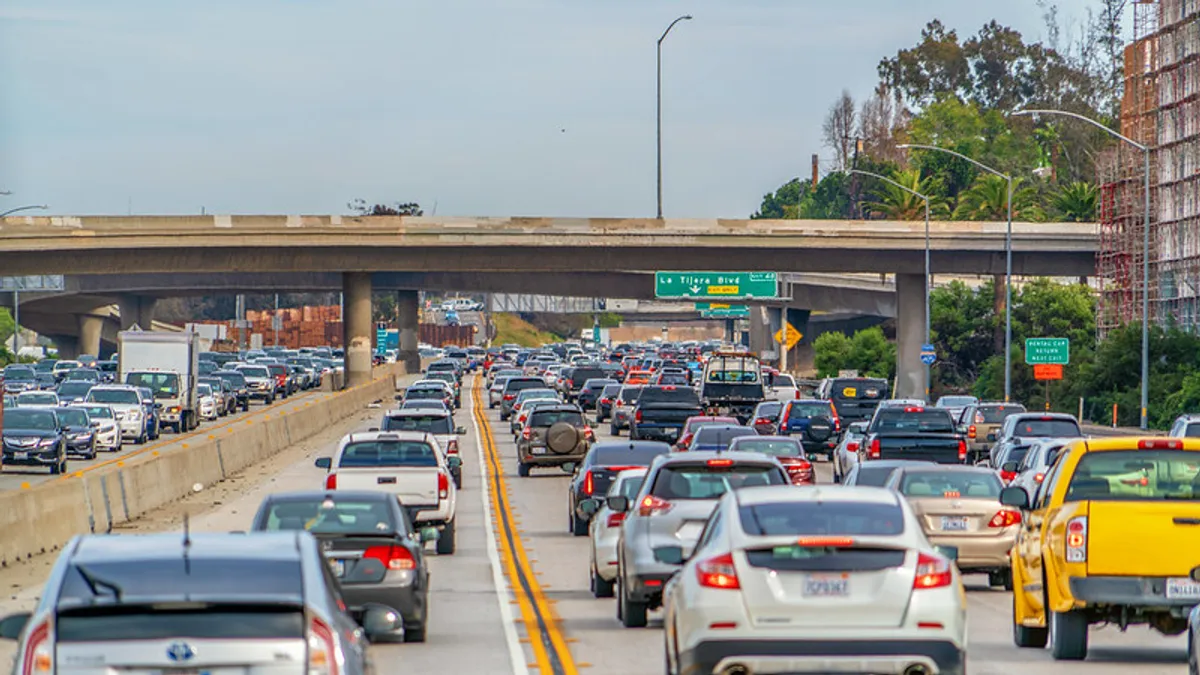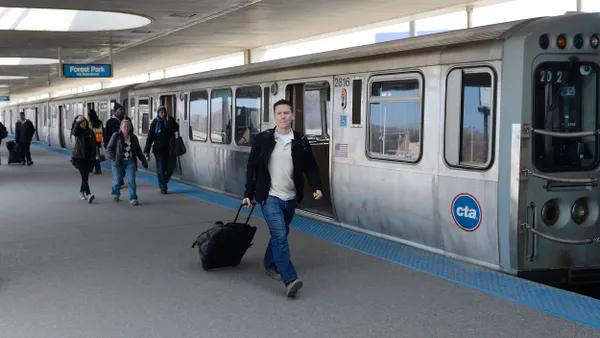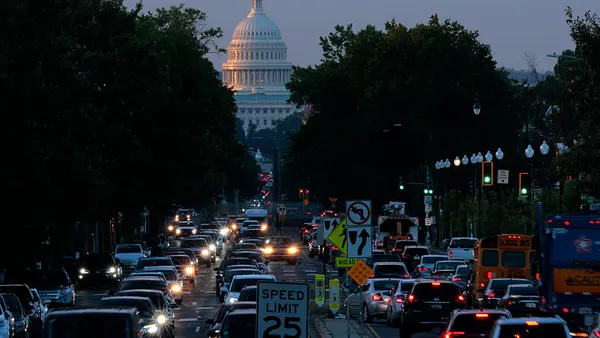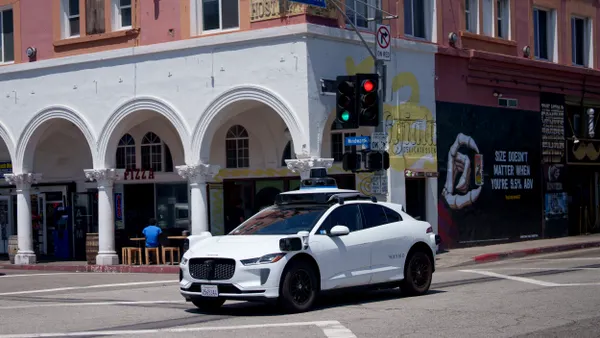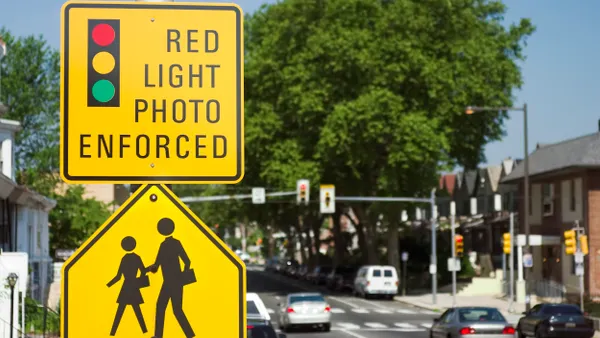Dive Brief:
- StreetLight Data and Boston Consulting Group (BCG) have teamed up to understand the scope of vehicle miles traveled (VMT) on U.S. roadways, from the onset of the novel coronavirus pandemic (COVID-19) in March through the reopening process.
- The partners created a Trip Reduction Index to measure lockdown policy adherence in each state, county and metropolitan area. The index found the national average in VMT dropped 72% from the beginning of March through April 7, but rural counties have now fully recovered to pre-COVID VMT levels while urban counties have reached 90% recovery.
- The New York, New Jersey and Connecticut tri-state area and Washington, DC experienced 80-90% dips in VMT at the start of the pandemic, while states like Texas and Alabama saw VMT decline 50-60%. The analysis also found that the top three contributing factors to VMT reduction profiles are household income, population density and the number of professional service jobs, which all tend to be more prevalent in urban areas than rural areas.
Dive Insight:
The pandemic has upended commute patterns and mobility trends in cities and counties across the country. VMTs have changed dramatically, with Easter Sunday marking a low-point for VMT while typical urban mobility patterns in public transportation, cycling and scooter-use have undergone drastic adjustments.
Even before the pandemic, the transportation world was becoming increasingly more complex, Streetlight Data spokesperson Martin Morzynski told Smart Cities Dive. Some of that complexity was due not only to new mobility options, but also due to growing populations, increased congestion, aging infrastructure and flattened commute patterns, he said.
"Whatever used to be the conventional view of how things moved on average, has gone out the door with COVID," Morzynski said.
Public transit agencies, for example, have needed to strike the right balance of providing ample service to essential workers while minimizing risks of COVID-19 exposure, BCG Partner Augustin Wegscheider told Smart Cities Dive. Localized data can help agencies adjust transit lines and schedules to the needs of essential workers, creating new peak commute times and other new patterns in drop-off and pick-up locations, according to Wegscheider.
Such data can even be used to help close the gap on transit agency revenue shortfalls. The New York Metropolitan Transit Authority, which is "hemorrhaging money" due to the pandemic, is reportedly running out of its $3.9 billion federal stimulus funding. And the Chicago Transit Authority has reported that its typical ridership of about 1.5 million per day has fallen to 300,000 per day, which equates to about $1 million lost in fare box revenues daily.
To close some of those revenue gaps, cities and agencies can consider monetizing the uptick in personal vehicle usage, Wegscheider said. But to do that successfully, the monetization needs to happen in a targeted way with localized data, instead of slapping a "general fee on everyone moving from Point A to Point B," he said.
The speed that people are traveling in private vehicles has also seen a concerning shift due to new roadway trends. In fact, the National Safety Council (NSC) recently found the U.S. traffic fatality rate jumped 23.5% in May, compared to the year prior, despite VMT in that month dropping 25.5% amid stay-at-home orders.



